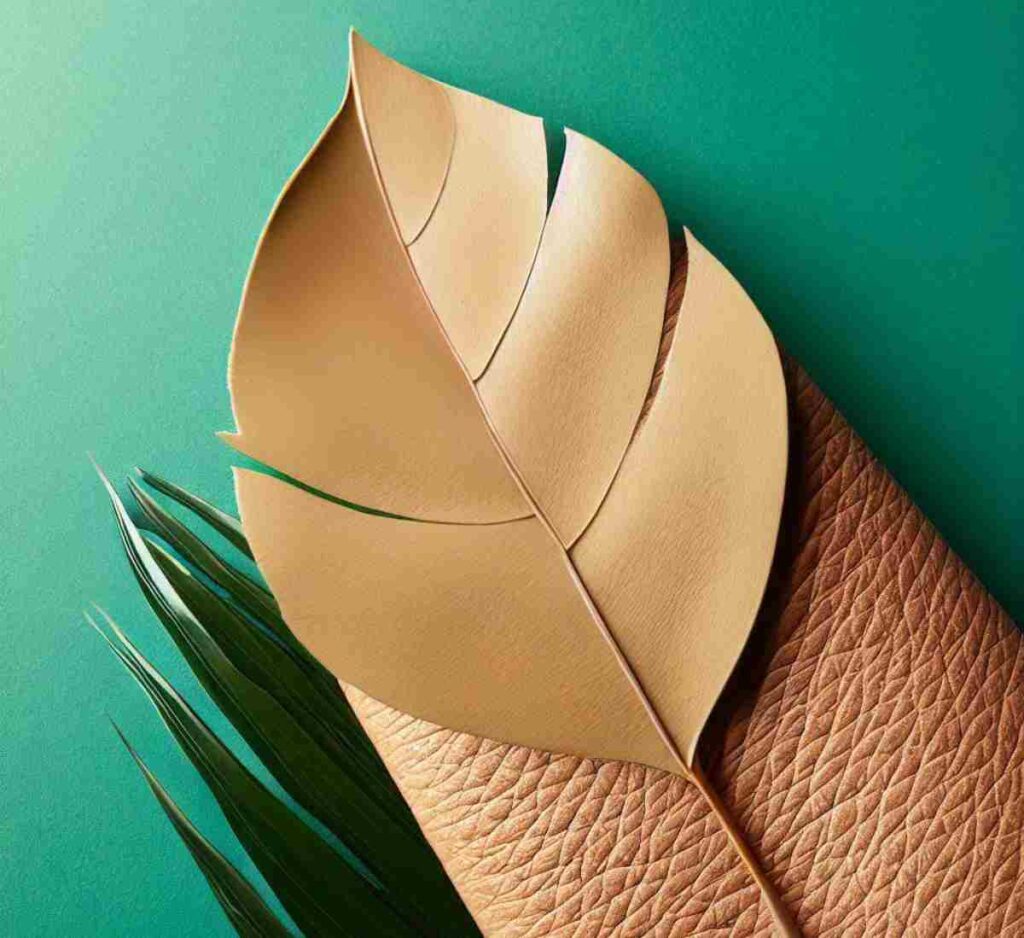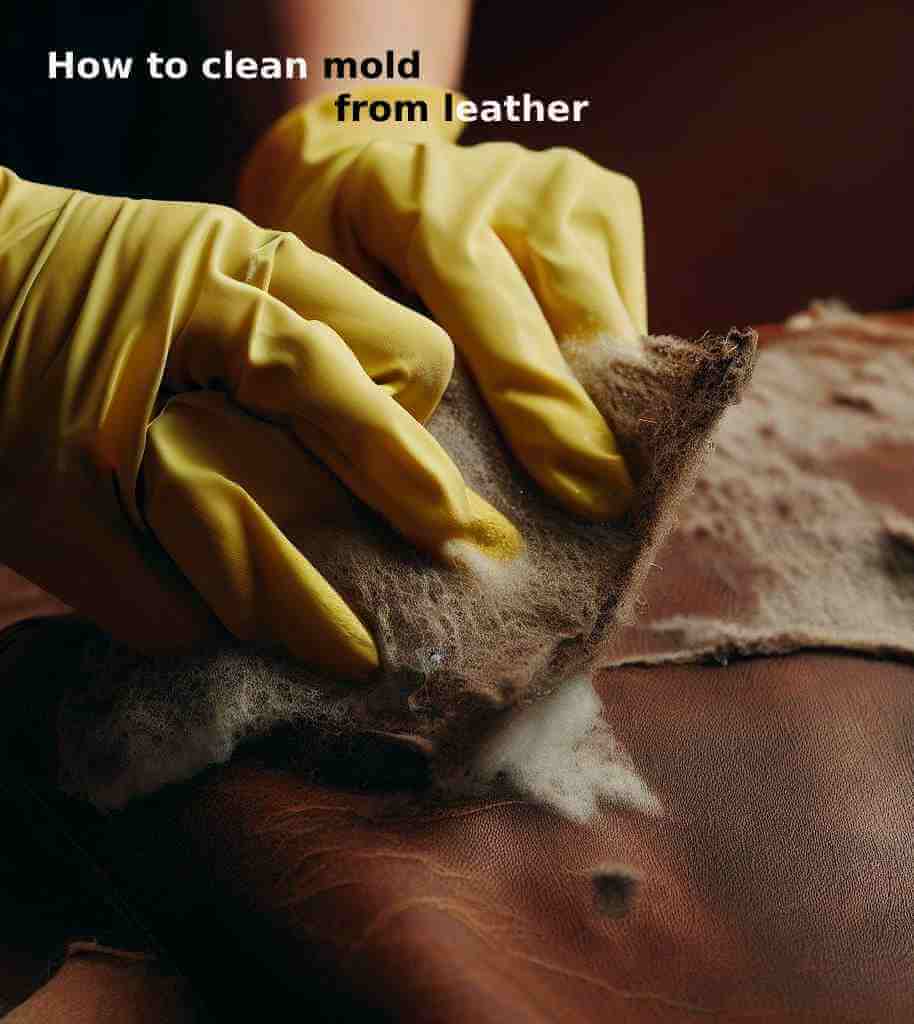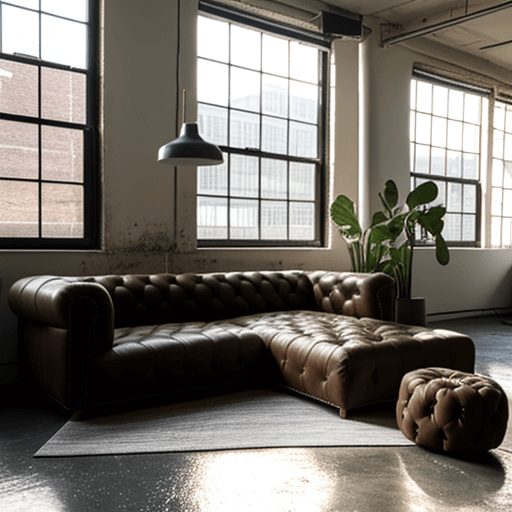Is nubuck as good as leather? so what is it
What is Nubuck leather – a velvety, top-grain material known for its softness and durability. Explore its characteristics, applications, care tips, and the difference between nubuck leather and suede. Elevate your style with this luxurious and versatile leather option.and comparison with other types like suede.
1. What is nubuck leather
Hey there! If you’ve ever been intrigued by the world of leather, you might have come across the term “what is nubuck leather.” It’s a fascinating material that has found its way into various industries, from fashion to upholstery. So, what exactly is nubuck leather? Let me share my knowledge and experiences with you.
Nubuck leather is a type of top-grain leather that undergoes a unique treatment process to achieve its distinctive characteristics. Unlike traditional smooth leather, nubuck undergoes sanding or buffing on the outer surface of the hide, which creates a delicate, velvety texture. This sanding process gives nubuck its luxurious appearance, similar to suede, but with a slightly different manufacturing technique.
Now, you might be wondering how nubuck leather differs from suede. While they share similarities in texture, they are not the same. Suede is made from the inner split layer of the hide, whereas nubuck is created by sanding the outer layer, resulting in a more durable and robust material. Think of nubuck leather as a step up in terms of strength and longevity, while still providing that soft and plush feel.
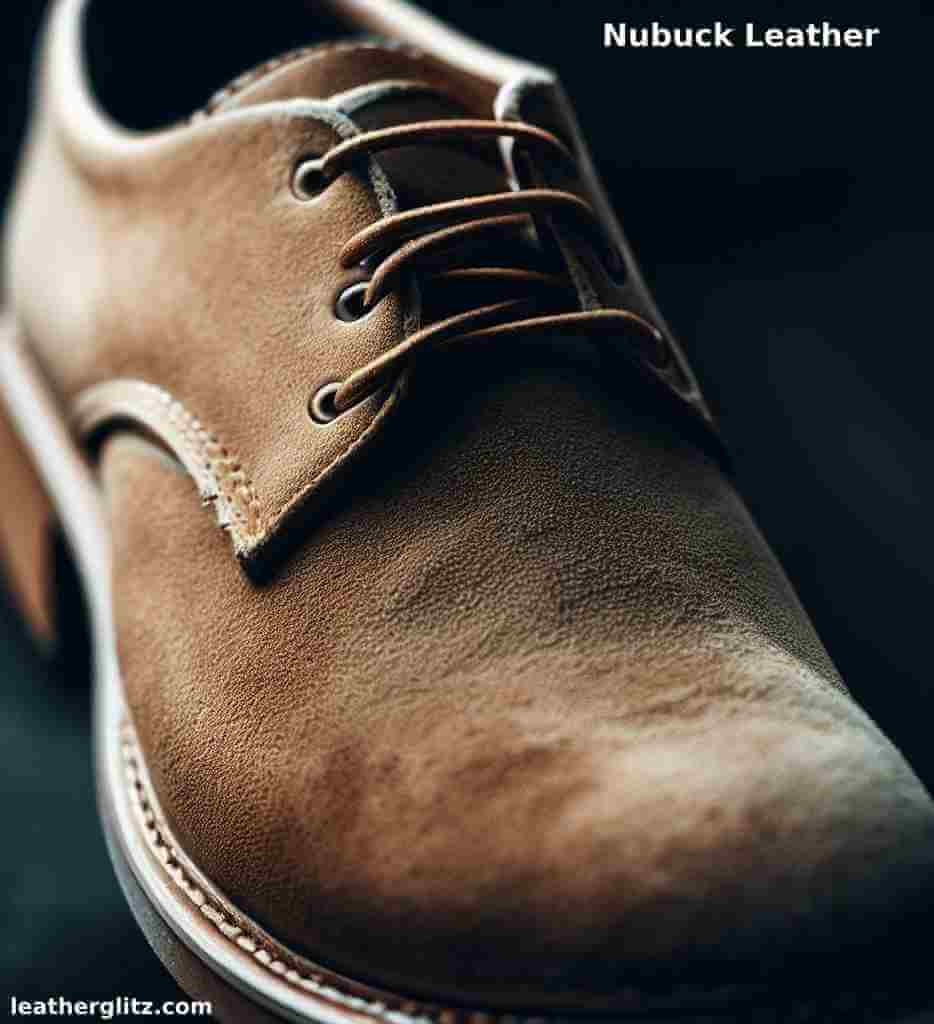
Is nubuck better than other leather
Having a genuine piece of nubuck leather in your possession is a tactile delight. The texture is remarkably smooth, with a slight grainy appearance that adds depth and character. It exudes a sense of luxury and sophistication, making it highly sought after in the world of fashion, footwear, and upholstery.
Not only does nubuck leather look and feel great, but it also offers a range of practical advantages. Its natural breathability allows air to circulate, ensuring optimal comfort when used in shoes, bags, or clothing. Plus, the durability and strength of nubuck leather make it suitable for long-lasting products that can withstand daily wear and tear.
One thing to note about nubuck leather is that it requires some care and maintenance to preserve its appearance. Unlike full-grain leather, nubuck is more susceptible to staining and moisture. However, with proper cleaning techniques and protective measures, you can keep your nubuck leather items looking fresh and luxurious for years to come.
2. Nubuck Leather world
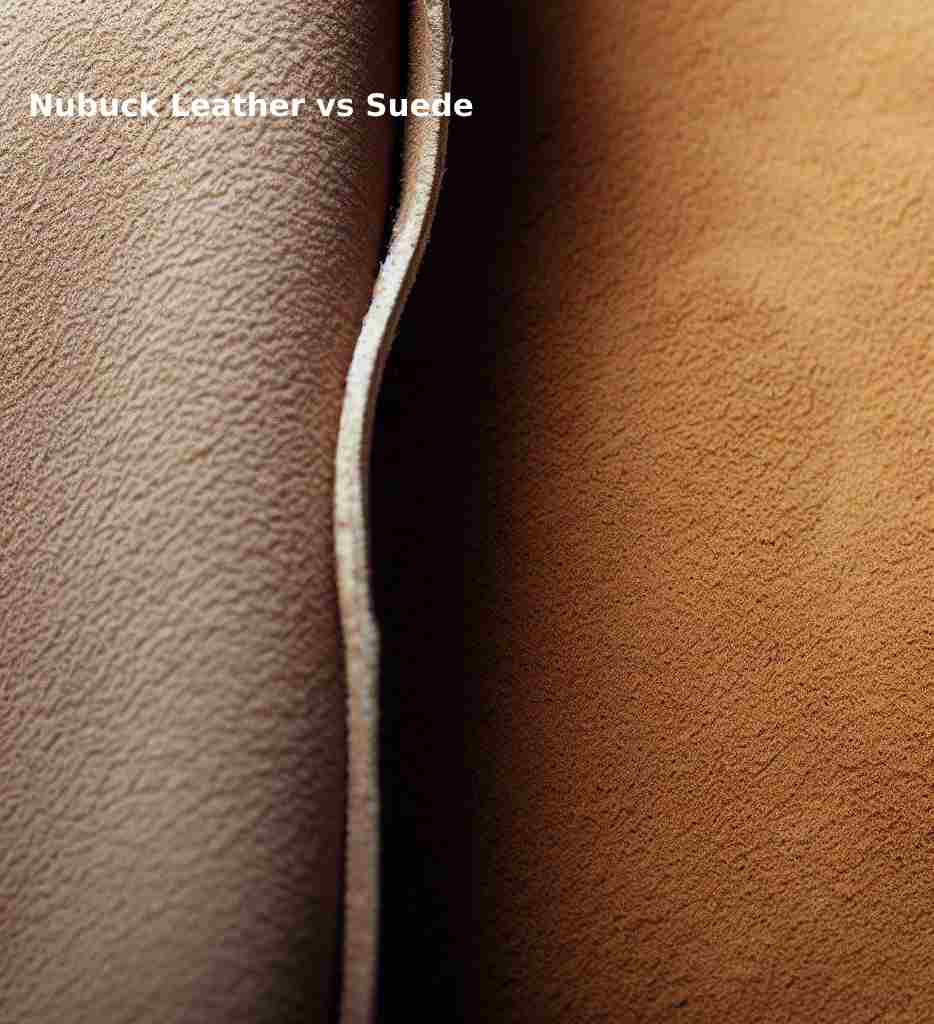
Ah, nubuck leather—the embodiment of elegance and luxury. Let’s delve deeper into the world of nubuck and explore its unique qualities. In this section, we’ll cover the definition of nubuck leather and the key distinctions between nubuck and suede. So, let’s get started!
A. Definition of Nubuck Leather
Nubuck leather is a type of top-grain leather that undergoes a specialized finishing process to achieve its distinct characteristics. It starts with high-quality animal hides, typically sourced from cattle, goats, or sheep. The outer layer of the hide is carefully sanded or buffed, resulting in a surface that is velvety to the touch. This sanding process exposes the natural grain and creates a texture that is both smooth and slightly grainy, giving nubuck its unique appearance.
Unlike smooth leather, which has a polished and uniform surface, nubuck leather retains its natural grain, enhancing its visual appeal. The texture and feel of nubuck are what set it apart, providing a tactile experience that is unmatched by other leather types. When you run your fingers across nubuck leather, you’ll feel a velvety softness that exudes luxury.
B. Nubuck Leather vs Suede
Now, let’s clear up a common confusion—what distinguishes nubuck leather from suede? While they share a similar velvety texture, there is a fundamental difference in their manufacturing processes.
Suede is made from the inner split layer of the hide, which is softer and more delicate. In contrast, nubuck leather is created by sanding or buffing the outer layer of the hide. This outer layer, also known as the grain side, is stronger and more durable compared to the inner split layer used for suede. Due to this difference in the starting material, nubuck leather possesses greater strength and resilience, making it more resistant to wear and tear.
Another noteworthy distinction between nubuck and suede is in their appearance. While both have a velvety texture, nubuck retains the natural grain of the leather, giving it a subtle grainy appearance. Suede, on the other hand, has a more consistent and uniform texture without the grain pattern. So, if you prefer a leather material that combines softness with durability, nubuck leather is the way to go.
C. Table comparing Nubuck vs Suede Leather
| Feature | Nubuck Leather | Suede |
| Material | Top-grain leather | Split leather |
| Texture | Velvety and grainy | Soft and fuzzy |
| Production Method | Sanding and buffing the top grain of leather | Sanding the inner layer of split leather |
| Durability | Durable with good resistance to wear and tear | Less durable, more susceptible to damage |
| Softness | Very soft and supple | Soft, but not as smooth as nubuck |
| Water Resistance | Moderately resistant to water and stains | Susceptible to water and stains |
| Versatility | Versatile for various applications | Mostly used in fashion and upholstery |
| Care and Cleaning | Requires specific nubuck leather products | Requires specific suede cleaning techniques |
| Price | Generally more expensive | Relatively more affordable |
D. Advantages of Nubuck Leather
Nubuck leather offers a range of advantages that make it highly desirable for various applications. Let’s explore some of its key benefits:
- Luxurious Texture: The velvety texture of nubuck leather is a delight to touch, creating a sense of luxury and sophistication.
- Breathability and Comfort: Nubuck leather allows air to circulate, making it breathable and comfortable to wear. This makes it an excellent choice for footwear, bags, and clothing.
- Durability and Strength: Despite its softness, nubuck leather is surprisingly durable and resistant to abrasion. It can withstand everyday use and maintain its appearance over time.
- Water Resistance: While not completely waterproof, nubuck leather has natural water-resistant properties. It can repel light moisture, providing some level of protection in case of unexpected spills or light rain. However, it’s essential to take prompt action and remove any moisture to prevent permanent damage.
3. The Making of Nubuck Leather
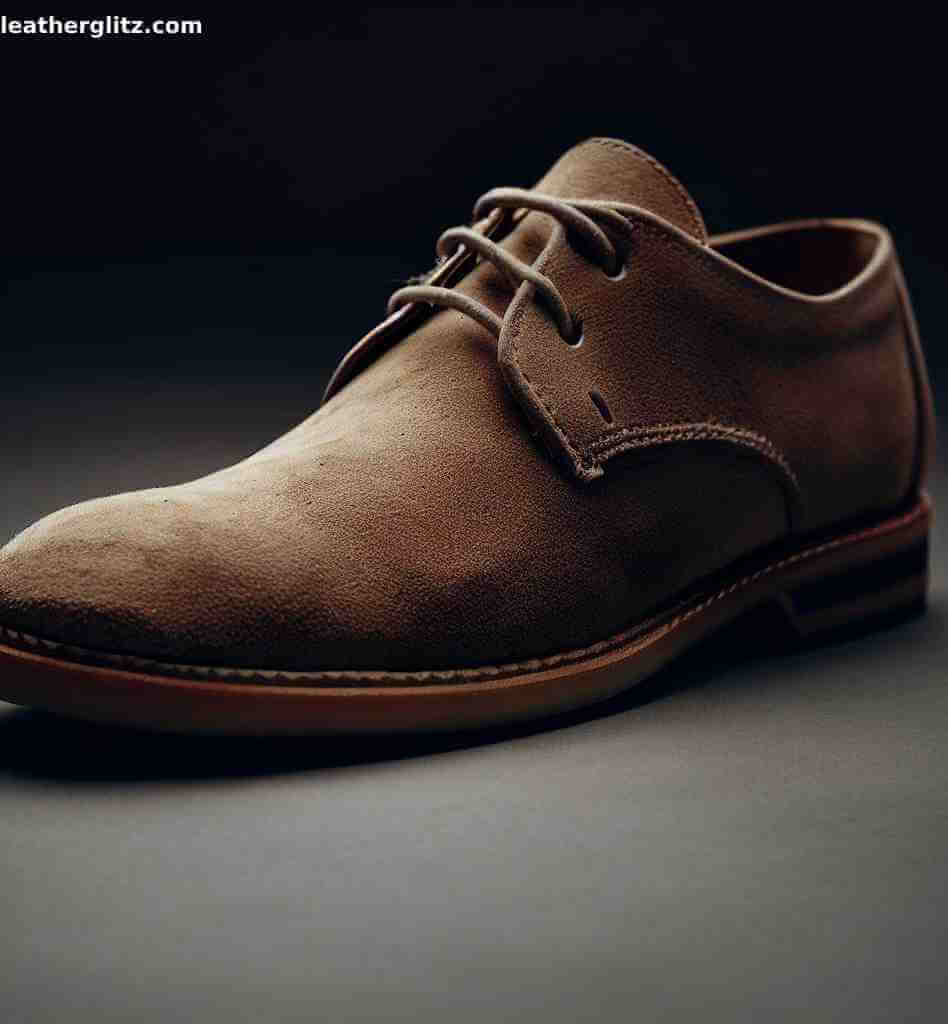
Welcome to the fascinating world of nubuck leather production! In this section, we’ll take a closer look at the intricate process of creating nubuck leather and explore the types of leather commonly used. So, let’s dive in!
A. Nubuck Leather Production Process
The production of nubuck leather involves a series of meticulous steps to transform raw hides into the luxurious material we all admire. Let’s walk through the typical process:
- Selection of High-Quality Hides: The journey begins with the careful selection of premium quality animal hides. The hides are sourced from cattle, goats, or sheep, ensuring they possess the necessary characteristics for nubuck leather production.
- Preparation and Tanning: The selected hides undergo thorough cleaning and preparation to remove any impurities or unwanted substances. Once cleaned, the hides are treated using tanning agents, which help preserve the leather and enhance its durability.
- Splitting the Hide: After tanning, the hide is split into two layers: the top-grain and the lower split. The top-grain layer is the outermost layer, which will be transformed into nubuck leather. This layer possesses the desired strength and grain characteristics.
- Sanding and Buffing: Here comes the transformative stage! The top-grain layer is carefully sanded or buffed using fine sandpaper or abrasive pads. This process removes the top layer, including any imperfections or blemishes, while exposing the natural grain. The sanding creates a velvety texture and a slight grainy appearance, defining the essence of nubuck leather.
- Finishing Touches: After sanding, the nubuck leather undergoes additional finishing processes to enhance its appearance and functionality. These may include dyeing, embossing, or applying protective coatings to add color, texture, and water resistance. These finishing touches contribute to the overall aesthetic and performance of the final nubuck leather product.
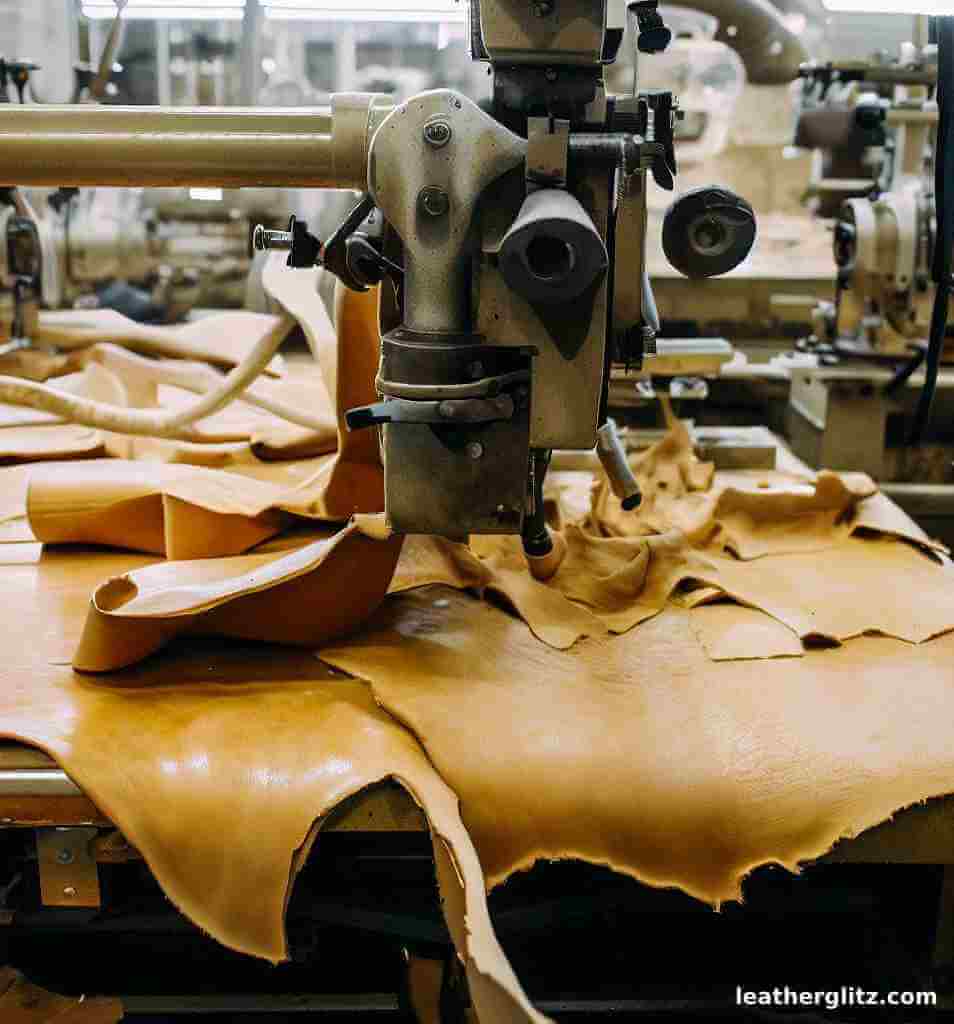
B. Types of Leather Used for Nubuck
Nubuck leather can be produced using various types of animal hides, each with its own distinct characteristics. Here are some of the commonly used types of leather for nubuck production:
Cattle Leather:
Cattle leather, often sourced from cowhide, is a popular choice for nubuck leather production. It offers excellent strength and durability, making it ideal for high-quality nubuck products that can withstand frequent use.
Goat Leather:
Goat leather is another favored option for nubuck. It is known for its softness, flexibility, and distinctive grain pattern. Goat nubuck leather products are highly valued for their luxurious feel and stylish appeal.
Sheep Leather:
Sheep leather is renowned for its exceptional softness and fine grain. It is often chosen for its delicate texture, which enhances the velvety feel of nubuck leather. Sheep nubuck leather items exude a sense of elegance and sophistication.
Each type of leather used for nubuck production brings its own unique qualities to the final product. The choice of leather depends on the desired characteristics, application, and market preferences.
Next, we’ll explore the defining characteristics and advantages of nubuck leather. So, stay tuned to discover more about this captivating material!
4. Table comparing nubuck leather to other types of leather
| Nubuck Leather | Full-Grain Leather | Top-Grain Leather | Bonded Leather | |
| Definition | Nubuck leather is made from the outer side of a hide, buffed to create a soft and velvety texture. | Full-grain leather is made from the entire hide, preserving the natural grain and markings. | Top-grain leather is the second highest quality leather, with the top layer removed and a uniform surface applied. | Bonded leather is made by combining leather scraps with a bonding agent. |
| Texture | Soft and velvety | Natural grain and markings | Smooth and uniform | Smooth and uniform |
| Durability | High | Very high | High | Low |
| Breathability | Excellent | Excellent | Good | Low |
| Aging | Ages gracefully | Ages gracefully | Ages gracefully | Prone to peeling and flaking |
| Water Resistance | Moderate | Low | Moderate | Low |
| Scratch Resistance | Moderate | High | High | Low |
| Price | High | High | Moderate | Low |
| Common Uses | Fashion, upholstery, automotive interiors | High-end products, luxury goods | Furniture, accessories, belts, bags | Low-cost furniture, book covers, low-quality goods |
5. Characteristics and Advantages of Nubuck Leather
In this section, we’ll explore the captivating characteristics and notable advantages of nubuck leather. Get ready to uncover why this material has gained popularity across various industries!
A. Softness and Texture
One of the defining characteristics of nubuck leather is its remarkable softness and luxurious texture. When you run your fingers across nubuck leather, you’ll be greeted with a velvety sensation that is incredibly pleasing to the touch. This softness adds an extra level of comfort and indulgence to any item made from nubuck leather, whether it’s a pair of shoes, a handbag, or a sofa.
The texture of nubuck leather is also visually appealing. It exhibits a delicate grainy appearance, which adds depth and character to the material. This subtle grain pattern sets it apart from smooth leather, giving nubuck a distinct and sophisticated look.
B. Breathability and Comfort
Nubuck leather is known for its exceptional breathability, allowing air to circulate through the material. This breathability is beneficial when used in footwear, bags, or clothing, as it helps regulate temperature and prevent discomfort caused by excessive sweating. Nubuck leather items can keep you cool and comfortable, even during extended wear.
Additionally, nubuck leather molds and shapes to your body or foot over time, providing a personalized fit that adds to the overall comfort. As you break in nubuck leather shoes or carry a nubuck leather bag, you’ll notice how it adapts and becomes even more comfortable with each use.
C. Durability and Strength
Despite its soft and supple feel, nubuck leather is surprisingly durable and resilient. The sanding and buffing process it undergoes not only enhances its texture but also strengthens the outer layer of the leather. This results in a material that can withstand everyday use and resist wear and tear.
Nubuck leather is less prone to scratches and scuffs compared to smooth leather. The slight grainy texture helps camouflage any minor imperfections that may occur over time, making nubuck leather items look well-worn and aged gracefully.
D. Water Resistance and Care
While nubuck leather is not entirely waterproof, it does possess natural water-resistant properties. The sanding process opens up the pores of the leather, allowing it to repel light moisture and resist water absorption to some extent. However, it’s essential to note that nubuck leather can still be affected by excessive water exposure, so it’s important to take precautions and protect it from heavy rain or spills.
To maintain the appearance and longevity of nubuck leather, regular care and maintenance are crucial. It’s recommended to use specific nubuck leather cleaners and conditioners to keep the material clean, supple, and protected. Additionally, proper storage and avoiding exposure to extreme heat or direct sunlight will help preserve the color and prevent any potential damage.
5. Cons of Nubuck Leather
While nubuck leather boasts numerous advantages, it’s important to be aware of a few considerations before making a purchase. In this section, we’ll explore some of the potential drawbacks associated with nubuck leather. So, let’s dive in and uncover the cons!
A. Susceptibility to Stains and Moisture
One of the main concerns with nubuck leather is its vulnerability to stains and moisture. Due to its open-pored structure and delicate texture, nubuck leather can absorb liquids more readily compared to other types of leather. This means that accidental spills or exposure to water can leave lasting marks or discoloration on the surface.
B. Regular Cleaning and Maintenance Required
To keep nubuck leather looking its best, regular cleaning and maintenance are essential. Dust, dirt, and oils from your skin can accumulate on the surface over time, affecting its appearance. Therefore, it’s important to develop a cleaning routine to prevent dirt buildup and maintain the pristine look of your nubuck leather items.
C. Specialized Cleaning Techniques
Cleaning nubuck leather requires specific techniques to avoid damaging the delicate material. Traditional cleaning methods or harsh chemicals can cause irreversible harm, such as discoloration or loss of texture. It’s crucial to use specialized nubuck cleaning products or seek professional cleaning services to ensure the proper care of your nubuck leather items.
D. Vulnerability to Scratches and Scuffs
Nubuck leather, although durable, is not completely immune to scratches and scuffs. The velvety texture can be more prone to visible marks, especially when exposed to sharp objects or rough surfaces. While these imperfections can add character to the leather over time, it’s important to handle your nubuck leather items with care to minimize the risk of damage.
Despite these cons, it’s worth noting that with proper care and attention, you can mitigate and overcome many of these challenges associated with nubuck leather. Regular cleaning, applying protective coatings, and following recommended maintenance practices can help preserve the beauty and longevity of your nubuck leather items.
6. Applications of Nubuck Leather
Nubuck leather’s unique characteristics and luxurious appeal make it a sought-after material in various industries. From fashion to automotive, nubuck leather finds its place in a wide range of applications. Let’s explore some of the most common uses of this exquisite material.
A. Fashion and Accessories
In the world of fashion, nubuck leather adds a touch of sophistication and elegance to garments, accessories, and footwear. Its softness and velvety texture make it an ideal choice for creating luxurious handbags, wallets, belts, and gloves. Nubuck leather shoes, particularly boots and loafers, are highly coveted for their comfort, durability, and stylish appearance. The supple nature of nubuck leather allows designers to create unique and intricate designs that exude both style and quality.
B. Upholstery and Home Décor
Nubuck leather’s plush feel and refined appearance make it a popular choice for upholstery and home décor applications. Nubuck leather sofas, chairs, and ottomans bring a touch of opulence and sophistication to living spaces. The soft texture of nubuck leather provides a cozy seating experience, inviting you to relax and unwind. Additionally, nubuck leather can be found in decorative accents like cushions, pillows, and even wallpaper, adding a luxurious element to interior design.
C. Automotive Industry
The automotive industry recognizes the allure and durability of nubuck leather, incorporating it into high-end car interiors. Nubuck leather car seats, steering wheels, and dashboards create a refined and luxurious atmosphere within the vehicle. The softness and breathability of nubuck leather ensure optimal comfort during long drives, while its water-resistant properties offer some level of protection against spills and stains. Nubuck leather adds a touch of sophistication to the interior aesthetics, elevating the overall driving experience.
D. Other Applications
Beyond fashion, home décor, and automotive, nubuck leather finds its way into various other applications. Here are a few additional uses of this exceptional material:
Luggage and Travel Accessories:
Nubuck leather is a preferred choice for high-quality luggage, travel bags, and backpacks. Its durability, water resistance, and timeless appeal make it an excellent option for those who value both style and functionality.
Luxury Stationery:
Nubuck leather can be found adorning premium notebooks, journals, and organizers, offering a luxurious writing experience and a touch of elegance to everyday stationery.
Watch Straps:
Nubuck leather watch straps provide a comfortable and stylish option for timepiece enthusiasts. The softness of nubuck leather adds a refined touch to any wristwatch, enhancing its overall aesthetics.
Nubuck leather’s versatility allows it to shine in numerous applications, bringing a touch of luxury and elegance to a wide array of products.
7. Nubuck Leather Care and Maintenance
To ensure the longevity and beauty of your nubuck leather items, proper care and maintenance are essential. In this section, we’ll delve into some valuable tips and techniques for keeping your nubuck leather products in pristine condition.
A. Regular Cleaning
Regular cleaning is crucial to remove dirt, dust, and other debris that can accumulate on the surface of nubuck leather. Here’s a step-by-step guide to cleaning nubuck leather:
- Preparation: Begin by gathering a soft-bristle brush, a nubuck-specific cleaning solution, and a clean cloth. Make sure to work in a well-ventilated area.
- Brushing: Start by gently brushing the nubuck leather with the soft-bristle brush. This helps remove any loose dirt or particles from the surface. Brush in one direction to avoid damaging the delicate texture.
- Spot Cleaning: If there are specific stains or spots on the nubuck leather, apply a small amount of the nubuck-specific cleaning solution to a clean cloth. Gently dab the stained area, taking care not to rub vigorously, as it may cause damage. Continue until the stain is lifted.
- Drying: After cleaning, allow the nubuck leather to air dry naturally. Avoid using excessive heat or direct sunlight, as it can cause the leather to become dry and crack.
B. Conditioning and Protection
Nubuck leather, like any other type of leather, benefits from regular conditioning to maintain its suppleness and prevent drying. Follow these steps to condition and protect your nubuck leather items:
- Choosing the Right Conditioner: Select a high-quality nubuck leather conditioner that is specifically formulated for this type of leather. Avoid using products intended for smooth leather, as they may not provide the necessary nourishment for nubuck.
- Application: Apply a small amount of conditioner to a clean cloth or sponge. Gently rub the conditioner into the nubuck leather in circular motions. Pay extra attention to areas that may be more prone to drying, such as folds or creases.
- Absorption and Buffing: Allow the conditioner to be absorbed by the leather for a few minutes. Then, using a clean cloth, gently buff the nubuck leather to remove any excess conditioner and restore its luster.
- Protective Sprays: Consider using a water and stain repellent spray specifically designed for nubuck leather. Apply the spray according to the manufacturer’s instructions, as it will create an additional layer of protection against liquid spills and stains.
C. Storage and Handling
Proper storage and handling are vital to maintaining the quality of nubuck leather items when they’re not in use. Here are some tips to keep in mind:
- Clean Before Storage: Always clean and condition your nubuck leather items before storing them. This ensures that any dirt or residue is removed, preventing potential damage or discoloration over time.
- Avoid Moisture and Heat: Store your nubuck leather items in a cool, dry place away from direct sunlight and extreme heat. Excessive moisture or heat can cause the leather to warp, fade, or develop mold.
- Use Protective Bags or Dust Covers: When storing nubuck leather bags or shoes, consider using protective bags or dust covers to shield them from dust and potential scratches. This helps preserve their pristine condition and prolong their lifespan.
By following these care and maintenance practices, you can enjoy your nubuck leather items for years.
8. Specialized nubuck leather cleaner
One commonly used product for the care and maintenance of nubuck leather is a specialized nubuck leather cleaner and conditioner. These products are designed specifically to clean, nourish, and protect nubuck leather, helping to maintain its appearance and longevity.
You can find nubuck leather cleaners and conditioners from various brands, both online and at physical stores specializing in leather care products. Some popular brands include:
Saphir Renovateur Nubuck Spray:
This product is a popular choice among leather enthusiasts. It cleans, revitalizes, and waterproofs nubuck leather, helping to restore its natural beauty.
Collonil Nubuck Box:
Collonil is a well-known brand that offers a range of leather care products. Their Nubuck Box includes a cleaner and conditioner specifically formulated for nubuck and suede leather. It helps remove dirt, stains, and restores the softness of the leather.
Kiwi Nubuck and Suede Protector:
Kiwi is a trusted brand for shoe care products. Their Nubuck and Suede Protector provides an invisible protective barrier, helping to repel water and stains from nubuck leather.
When using any care product on nubuck leather, it’s important to follow the instructions provided by the manufacturer. It’s also recommended to test the product on a small, inconspicuous area of the leather before applying it to the entire surface to ensure compatibility and avoid any potential damage.
Remember, proper care and maintenance can significantly extend the life and beauty of your nubuck leather items.
Finalization
In conclusion, nubuck leather is a remarkable material that offers a unique combination of softness, texture, and durability. Its velvety feel and grainy appearance set it apart from other types of leather, making it highly sought after in various industries, including fashion, upholstery, and automotive.
We’ve explored the process of creating nubuck leather, which involves sanding and buffing the top grain of the leather to achieve its distinct texture. This process enhances its natural softness while maintaining its strength and resilience.
Throughout this blog post, we’ve also delved into the captivating characteristics and advantages of nubuck leather. Its remarkable softness, breathability, and ability to mold to your body or foot make it a comfortable choice for footwear, bags, and clothing. Furthermore, its durability, water resistance, and resistance to scratches and scuffs ensure that nubuck leather items age gracefully, maintaining their beauty over time.
We’ve seen how nubuck leather finds its place in various applications. From high-end fashion and accessories to luxurious upholstery and automotive interiors, nubuck leather adds a touch of sophistication and elegance. Its versatility is further demonstrated in luggage, stationery, and watch straps, where it elevates the overall quality and aesthetics of the products.
In a world where mass production and synthetic materials dominate, nubuck leather stands out as a testament to craftsmanship and natural beauty. Its tactile appeal and timeless charm make it a cherished choice for those seeking luxury and quality.
So, whether you’re considering a pair of nubuck leather shoes, a stylish handbag, or a statement piece of furniture, embrace the allure of nubuck leather and indulge in the elegance it offers.
FAQ’s
Can you clean nubuck with water?
While it’s generally not recommended to clean nubuck leather with water alone, there are specific nubuck leather cleaning products available in the market. These products are designed to effectively remove dirt and stains without causing damage or discoloration to the leather. It’s important to follow the manufacturer’s instructions when using any cleaning solution on nubuck leather to ensure optimal results.
Is nubuck leather waterproof?
Nubuck leather is not inherently waterproof. However, it does possess some level of water resistance due to the sanding process, which tightens the fibers and makes them less porous compared to suede. This means that nubuck leather can withstand light exposure to water without immediate damage. However, it is still advisable to protect nubuck leather items with a water and stain repellent spray to enhance their resistance to moisture and prolong their lifespan.
Is nubuck better than leather?
Nubuck leather is a type of leather, specifically top-grain leather that has been sanded to achieve its unique texture and appearance. Comparing nubuck leather to other types of leather, such as full-grain or smooth leather, comes down to personal preference and intended use. Nubuck leather offers a softer and more luxurious feel compared to smooth leather, but it may require more maintenance and care due to its delicate nature. Ultimately, the choice between nubuck leather and other types of leather depends on individual style preferences and the desired characteristics for a particular application.
Is nubuck leather real leather?
Yes, nubuck leather is indeed real leather. It is derived from the top-grain of the hide, which is the outermost layer of the animal skin. Through the sanding process, the surface of the leather is buffed to create the characteristic velvety texture of nubuck. Nubuck leather retains the natural grain and markings of the hide, further enhancing its unique beauty and authenticity.
Is nubuck leather high quality?
Yes, nubuck leather is considered high quality. It is made from the top-grain of the leather, which is the most durable and desirable part. The sanding process that gives nubuck its unique texture also enhances its softness and luxurious appeal. Nubuck leather is known for its durability, suppleness, and ability to age beautifully.
Is nubuck fake suede?
No, nubuck leather is not fake suede. While nubuck and suede may have a similar appearance, they are different in terms of their production process and material source. Nubuck is made from the top-grain of the leather, whereas suede is derived from the inner split layer of the hide. Nubuck has a grainy texture, while suede has a softer, fuzzy surface.
What are the benefits of nubuck leather?
Nubuck leather offers several benefits. Firstly, it has a luxurious and velvety texture that adds elegance to various products. Nubuck leather is also highly durable and resistant to wear and tear. It is soft and molds to the body, providing exceptional comfort. Additionally, nubuck leather is breathable, making it comfortable to wear for extended periods. Its water resistance and scratch resistance are also notable advantages.
What happens if you polish nubuck?
Polishing nubuck leather is not recommended. Unlike smooth leather, polishing nubuck can alter its texture and ruin its characteristic velvety appearance. If you attempt to polish nubuck, it may become shiny and lose its natural grainy texture. Instead, it is advisable to clean and condition nubuck leather using appropriate products specifically designed for nubuck care.
Is nubuck better than suede?
Nubuck and suede are different in terms of texture and production methods. Nubuck leather is created by sanding and buffing the top grain of the leather, resulting in a velvety and grainy texture. Suede, on the other hand, is made by sanding the inner layer of split leather, giving it a soft and fuzzy texture. The choice between nubuck and suede depends on personal preference and the intended use. Nubuck leather is generally considered more durable and resistant to wear and tear compared to suede, making it suitable for various applications, including footwear, bags, and upholstery. However, both materials have their unique qualities and can be great choices depending on the desired aesthetic and purpose.
Can you turn nubuck into leather?
Nubuck leather is a type of leather. It is created by sanding and buffing the top grain of the leather to achieve its unique texture and appearance. So, nubuck leather is already a form of leather. It is important to note that nubuck leather is distinct from other types of leather, such as full-grain or corrected-grain leather, due to its specific production process and resulting texture. If you are looking to transform a different type of leather into nubuck leather, it would involve sanding and buffing the surface of the leather to create the nubuck texture. However, this is a specialized process that requires skill and knowledge, and it is usually best to purchase nubuck leather directly from reputable sources.
